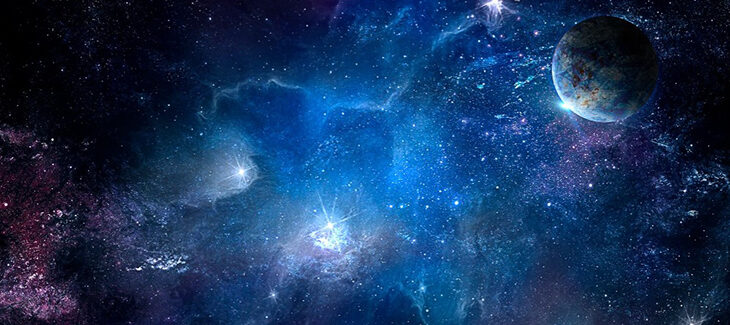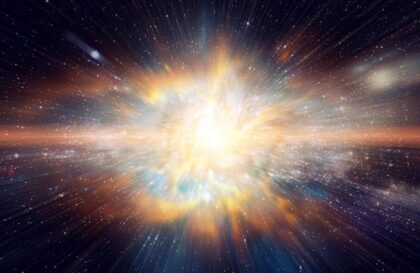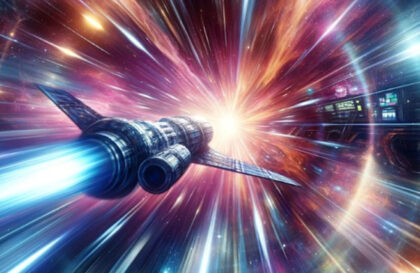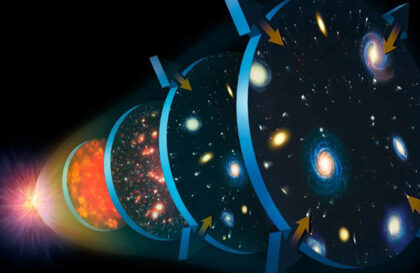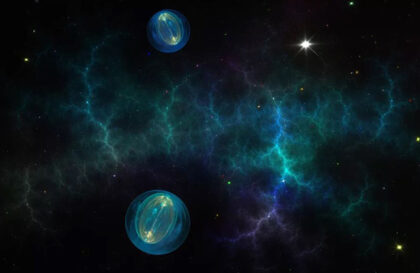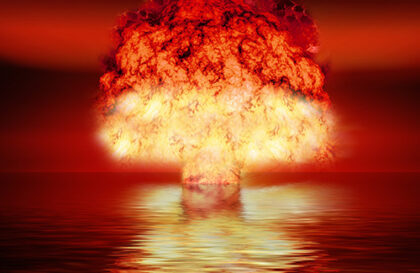What is the Universe?
Despite the apparent distance of space, it is only 62 miles (100 kilometers) above and below us on the opposite side of the Earth.
The Earth is in space. The Earth is simply part of the Universe. We are on Earth, which means we are in space and are part of the Universe.
The universe is everything: space, time, matter, energy, and even you. Every observation, be it the study of an atom, distant stars, or your word of the behavior of a neighbor’s dog, is an exploration of the Universe.
What is the Universe made of?
The universe is much more complex and amazing than we could ever imagine. According to astronomers of yesteryear, it consisted mainly of ordinary, however. But modern NASA research has shown that atoms actually make up only 4.6% of the universe. Now this matter is called baryonic. The rest is dark matter (23%) and dark energy (72%). Dark matter is particles that have little interaction with ordinary matter, and dark energy is thought to be responsible for the universe’s accelerating expansion.
As for the atoms we are familiar with, most of them are hydrogen (75%) and helium (25%). All other elements, such as carbon, oxygen, and iron, make up only a small part of the universe.
But it was not always so.
What did the first minutes of the Universe’s life look like?
From studies of galaxies and their movements, scientists have concluded that in the deep past, before the appearance of galaxies and stars, everything in the Universe was so dense and hot that atoms could not even form. This supposed state of the Universe is often compared to a “spot”.
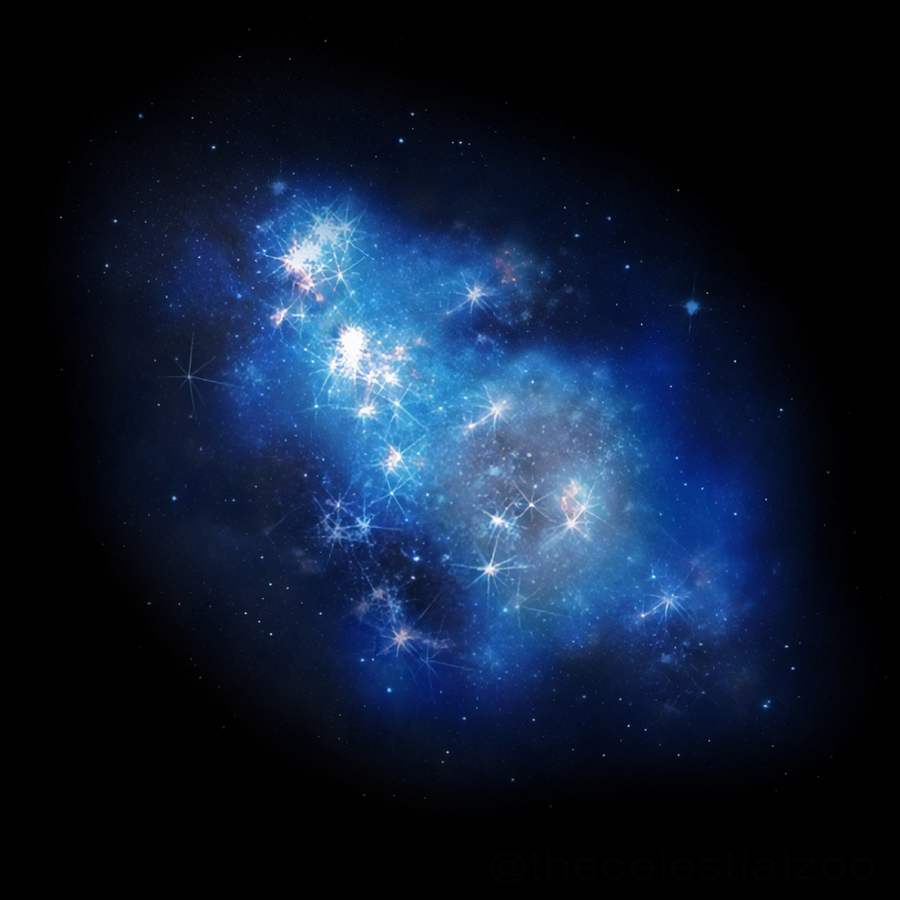
Credit: Wikipedia, Author Pablo Carlos Budassi
But don’t try to imagine where exactly the Big Bang happened because it didn’t happen at any specific place in space. The Big Bang was not an explosion of matter in empty space, but the beginning of space and time itself. Before it happened, space and time as we know them simply did not exist.
The Universe began with the Big Bang, and since then, space has continued to expand, shaping everything we see around us. Time is part of the Universe. It also began with the Big Bang. In other words, matter, energy, and everything in the universe (including space itself) were more compact last Saturday than today.
What happened after 380,000 years?
According to the French National Center for Space Research (CNES), in the first 380,000 years after the Big Bang, conditions were so extreme that light could not penetrate freely. This was due to the high density and temperature, which turned the matter into a thick plasma, similar to thick fog, blocking light.
380,000 years after the Big Bang, the Universe had cooled enough to form atoms. The electrons were bound, allowing light to travel freely, creating the cosmic microwave background radiation. This was the first light we can see. But there were no stars and galaxies yet, and the Universe was dark.
Scientists used nine years of data from NASA’s Wilkinson Microwave Anisotropy Probe to create this detailed, all-sky image of the cosmic microwave background. The image reveals 13.8-billion-year-old temperature fluctuations (shown as different colors) – seeds that grew into the galaxies we see today. Credit: NASA/WMAP Science Team
After the cosmic microwave background formed, the Universe plunged into a dark state (Dark Age) due to hydrogen atoms that absorbed light. For the next 200 million years, there were no luminous stars, and it consisted mainly of hydrogen, helium, and small amounts of other elements.
It wasn’t until 400 million years later that the first stars and galaxies lit up the cosmos, beginning the reionization era and converting most hydrogen. The stars were 30–300 times more massive than our Sun and millions of times brighter. Over several hundred million years, the first stars gathered into the first galaxies.
Initially, stars could not illuminate the Universe due to the dense gas around them. But the ultraviolet light from the first stars ionized the hydrogen gas atoms, expanding the area the light could reach. Over time, when most of the gas ionized, the Universe became transparent to starlight, as we see now. At this time, the Universe was approximately 1 billion years old.
Although the gravity of the formed stars, galaxies, and molecular clouds slowed down the expansion of the Universe, after 5-6 billion years, mysterious dark energy began to accelerate this process, which continues to this day. This acceleration was noticed in 1998. Some supernovae (bright stellar explosions) turned out to be less bright than expected. This has led scientists to speculate that these supernovae may have traveled farther away at more incredible speeds than expected.
How did the Big Bang happen?
Credit: Alfred Pasieka / Science Photo Library
The “Big Bang” was not an explosion in the usual sense. Instead of expanding into existing space, it represented the instantaneous emergence of space. NASA says we don’t know what the Universe is “expanding” into or what caused the Explosion.
In 2014, scientists reported the possible detection of gravitational waves as evidence of the Big Bang but later concluded that cosmic dust could have caused their results.
How old is the universe? How was this installed?
The age of the Universe is currently estimated to be approximately 13.8 billion years, give or take 130 million years. By comparison, the solar system is only about 4.6 billion years old.
This estimate was obtained by measuring the composition of matter and energy density in the Universe. This allowed the researchers to calculate how quickly the Universe expanded in the past. With this knowledge, they could return time and extrapolate when the Big Bang occurred. The time between then and now is the age of the Universe.
Does the Universe have a form?
The geometry of the Universe depends on the relationship between its density, expansion rate, and gravity.
If the density exceeds a critical value, the Universe will be “closed,” shaped like a sphere, closing around itself and possibly ending in a “Big Crunch.”
The Universe is curved like a saddle at a lower density and will expand forever. If the density of the Universe is precisely the critical density, then it is flat, and although it will expand forever, the expansion rate will decrease.
Recent data from NASA shows that the Universe is flat. The measurement error is only 0.4%.
However, other shapes, such as a donut or torus shape, are also possible.
Why is the Universe depicted in the shape of a bell?
The accepted model known as Lambda Cold Dark Matter, where the Greek Lambda stands for Einstein’s “cosmological constant.” Image credit: NASA/WMAP Science Team.
The NASA diagram in the figure depicts Big Bang events based on the Lambda-cold dark matter model, where Lambda is Einstein’s cosmological constant governing the acceleration of the Universe. The graph shows the changing size of the Universe over time. The outline of the “bell-shaped” Universe reflects its expanding size.
A new study indicates that the acceleration and deceleration of the expansion of the Universe occurred seven times over 13.8 billion years, which is associated with the action of dark matter. This process can be compared to the fading ringing of a crystal glass.
That is, the Universe looks like the figure below. In the figure, the amplitude of the oscillations is greatly exaggerated, but the frequency is approximately correct.
Image credit: NASA/WMAP Science Team.
Does the Universe have structure?
At the beginning of the Universe, matter and energy were distributed evenly. However, the gravitational pull of small fluctuations in density created the weblike structure of stars and voids we see today. Dense regions attracted more matter, forming stars, galaxies, and giant structures such as superclusters. Less dense areas became voids.
Image credit:
https://www.pruneharris.com
https://en.wikipedia.org
https://universe.nasa.gov
https://www.sciencephoto.com
https://astronomynow.com
https://astronomynow.com
